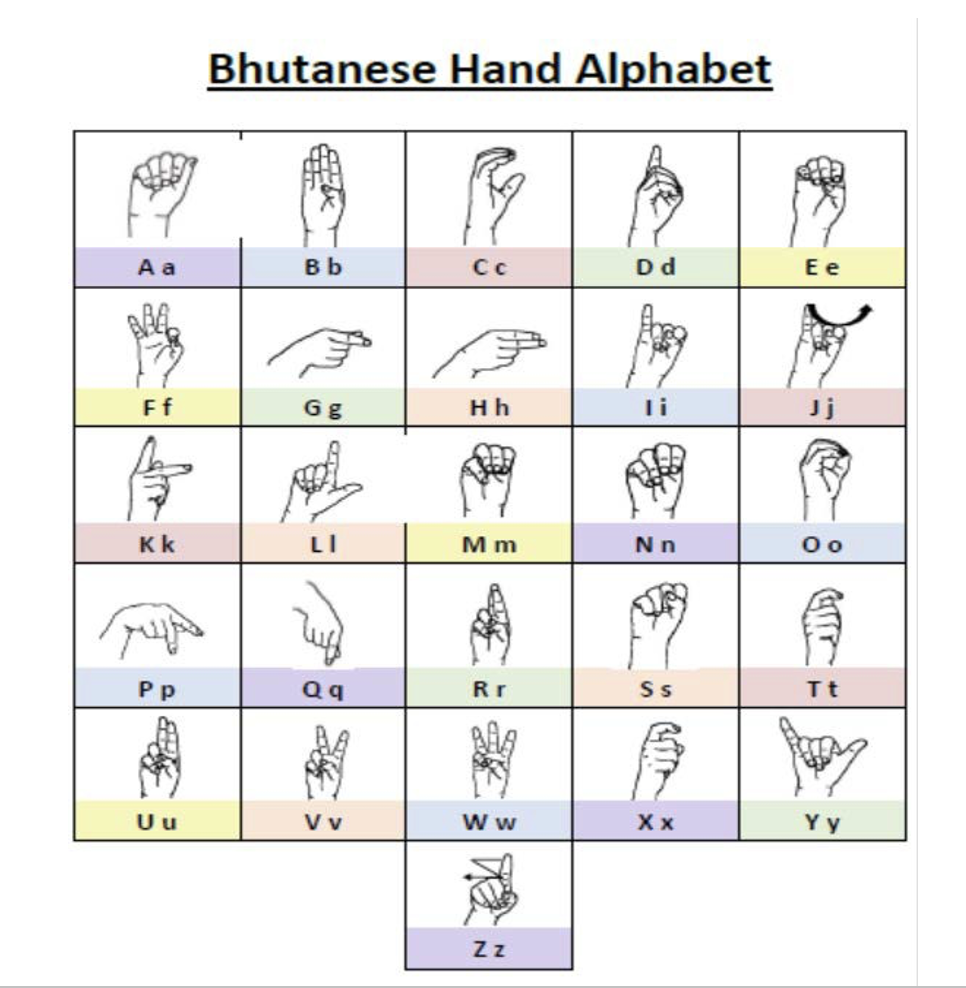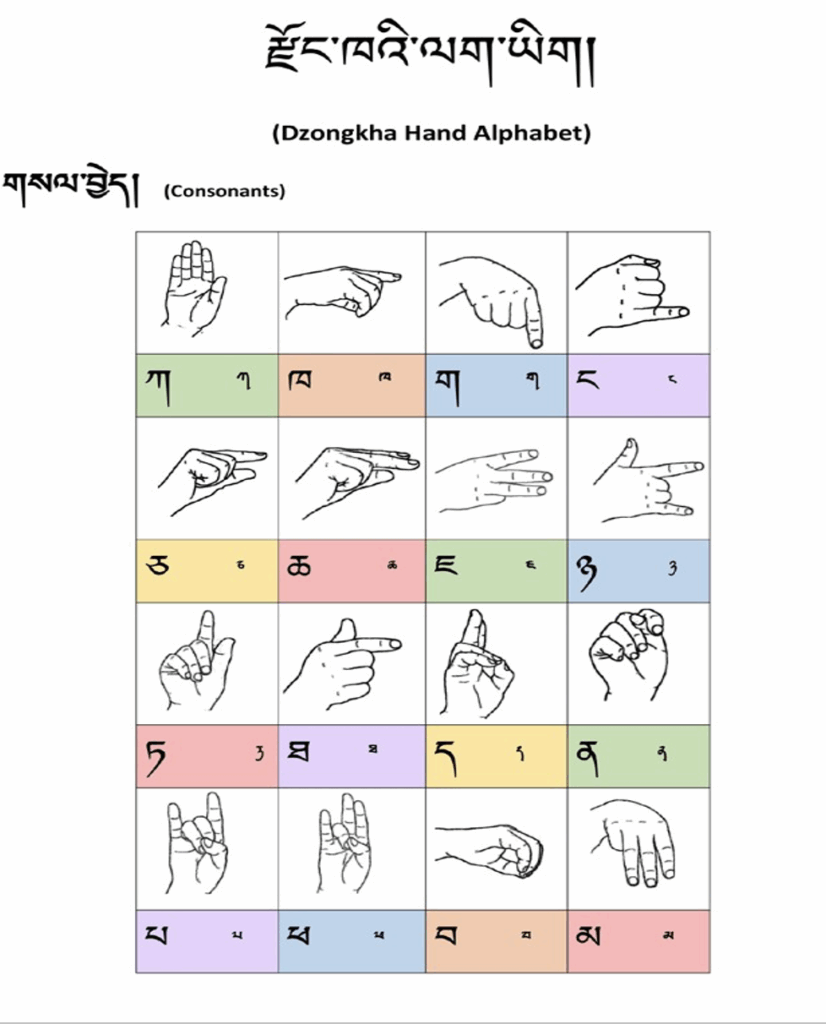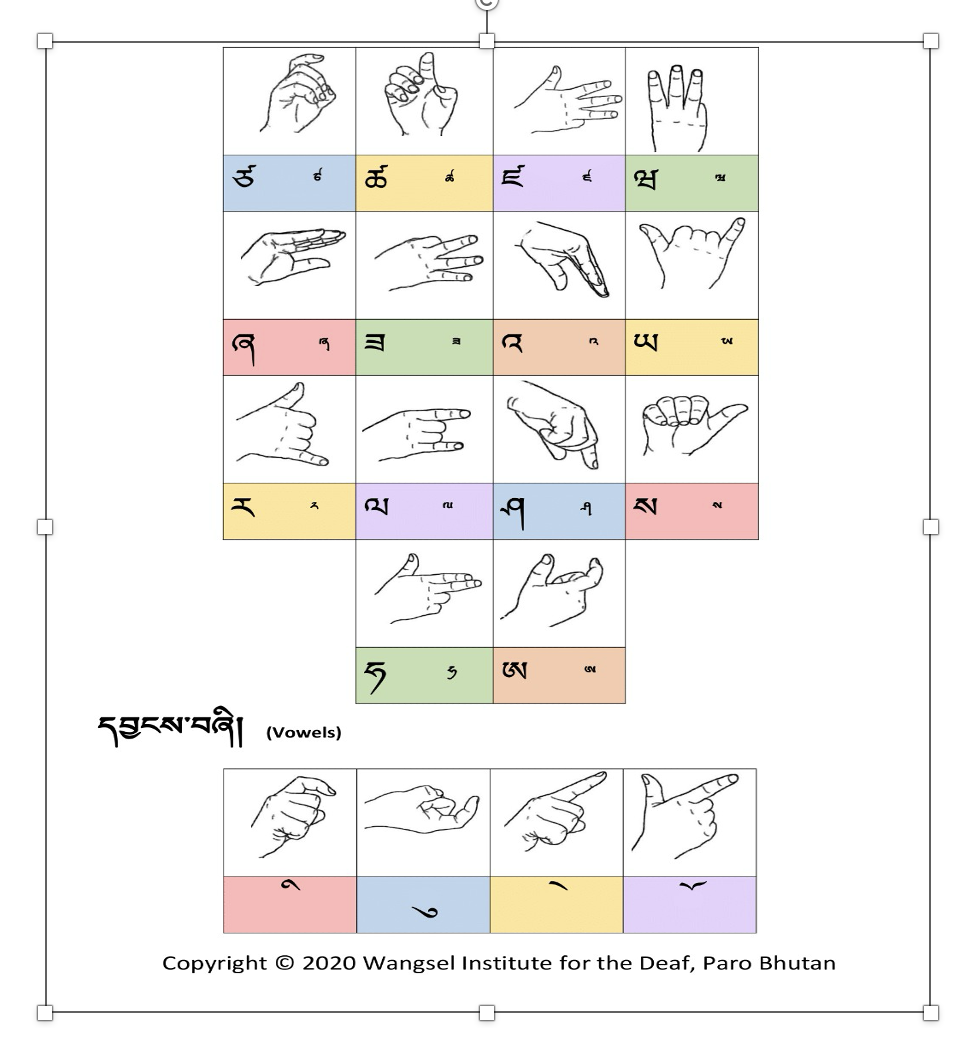What is Bhutanese Sign Language ?
Bhutanese Sign Language (BhSL) is a visual-gestural language which has its own grammar. However, it has no written form and involves 3-D aspects. It is the mother tongue or the first language (L1) of the Bhutanese Deaf. It is a natural language that uses hands, eyes, face, mouth and body. Sign Language performs the same range of functions as spoken language: to communicate, express feelings, social interaction, express one’s own cultural identities and the medium of educational instructions. It evolves and gets naturally developed within the Deaf communities in Bhutan. It is a unique language and is also distinct and different from the spoken Dzongkha and English in both lexicon and syntax.










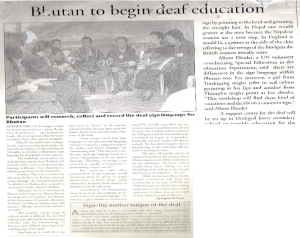
History of Bhutanese Sign language
The research and documentation of Bhutanese Sign Language started as early as 2002 prior to the inception of the school for the Deaf in 2003 which is currently known as Wangsel Institute for the Deaf. Signs were invented basically for the literacy purpose where limited or no Deaf communities existed. The Deaf education experts from Thailand, a few native Deaf adults and hearing staff, worked on the documentation of BhSL. Around 200 signs were invented to start the academic year in 2003. The Deaf adults and the hearing staff continued to document the signs after that.
The BhSL research and documentation was formally instituted in 2015 with Deaf adults and few hearing teachers. For the documentation following proper procedures and norms of Sign Language research, three consecutive training and capacity building of the team by a sign language linguist from Thailand were conducted. Currently there are 8 Deaf adults, 1 hard of hearing and 1 hearing as a member of the team.
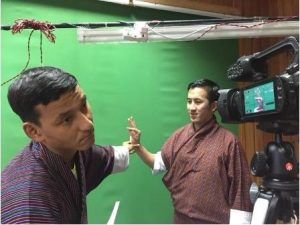
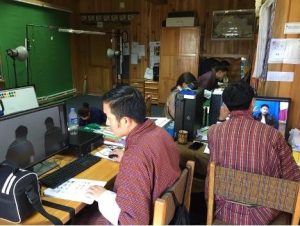
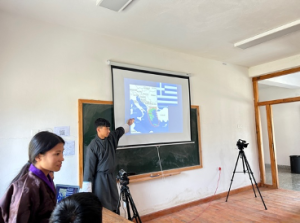
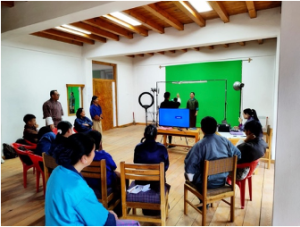

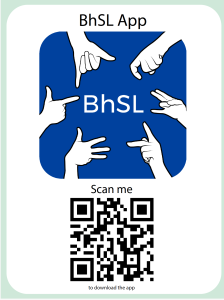
What We Do
BhSL is an emerging language as the Deaf communities are evolving and expanding. Every language evolves and disappears over a span of time depending on various factors in which BhSL is not an exception. Therefore, it is crucial to research and document aligning to the change and time for the standardization and uniformity. The outcome of this activity is significant not only to the deaf people but also to the hearing people associated with them.
The primary responsibilities of the team is to Research and document Bhutanese Sign Language (BhSL) and to disseminate the findings firstly to the staff of the institute to enhance the BhSL proficiency skills for effective communication and delivery of curriculum and then to the general public for wider audience through YouTube channel and the BhSL App.
Bhutanese Hand Alphabet and Dzongkha Hand Alphabet (Seljay Sumchu- གསལ་བྱེད་ ༣༠)
We have Bhutanese Hand Alphabet and Dzongkha Hand Alphabet- གསལ་བྱེད་ ༣༠. Hand alphabet is a system of representing letters of the written alphabet or གསལ་བྱེད་ ༣༠ using fingers and hands. While the Bhutanese Hand Alphabet is adapted with some modifications, such as a sign for the letter “T”, the Dzongkha Hand Alphabet has been developed at the Institute, considering the need for Dzongkha literacy for Deaf students. Although the alphabet is for literacy purposes, it has also become a part of Bhutanese Sign Language (BhSL) communication for fingerspelling words that do not have signs. Bhutanese Hand Alphabet / གསལ་བྱེད་ ༣༠ are commonly used in the institute as well as out of the institute, especially by the literate deaf. However, the Dzongkha Hand Alphabet is used only for Dzongkha literacy purposes.
